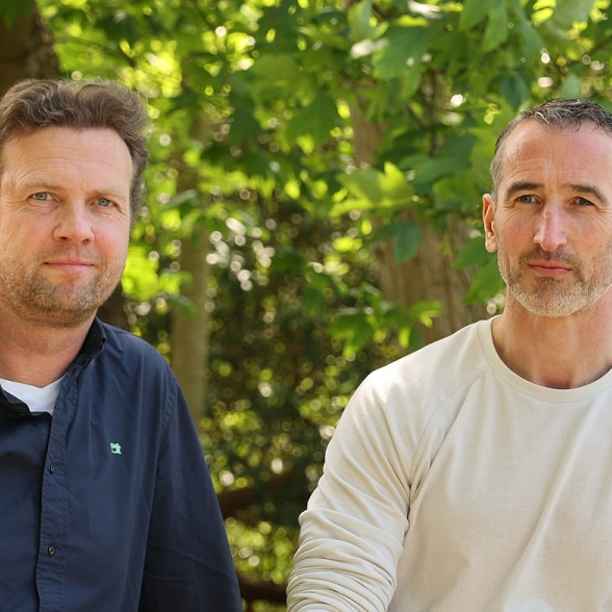Since the introduction of the first green bond in 2007 by the European Investment Bank, markets for green, social and other impact bonds have steadily grown. “Last year, these types of bonds accounted for 15% of all issuances worldwide. Great news from an impact perspective,” notes Veltmeijer.
These ‘use-of-proceeds bonds’ offer clarity and provide extensive information about the impact they achieve, within a predefined framework, explains Veltmeijer. “These are effective instruments to steer money in a clear direction, into an environmental or social project, with 100% impact.” However, Veltmeijer warns that investors should do their research and not simply put all their trust in the bond label. “You need to check the capital allocation and do your homework on the bond issuer.”
Effective impact screening includes the issuer
Veltmeijer manages Triodos Sterling Bond Impact Fund. Along with sister fund Triodos Euro Bond Impact Fund, this fund invests in impact bonds and in general-purpose corporate bonds issued by sustainable companies. “A well-balanced impact fund must also invest in government bonds to guarantee portfolio liquidity and manage interest rate risk. Triodos Euro Bond Impact Fund only invests in green and social government bonds that give 100% positive impact. Triodos Sterling Bond Impact Fund still invests around 10% in regular gilts because the projects that the green bonds issued by the UK invest in are not considered green. We have a clear ambition to limit this regular segment further.”
The issuer of the impact bond faces the same close screening as the bond itself. Veltmeijer: “This sets us apart from other green and social bond investors.” Each company must meet the strict minimum standards that Triodos Investment Management upholds. “A company that violates these standards is not eligible, even if it has issued the perfect green or social bond,” adds Chen. “The proceeds will still be on the balance sheet. A green bond issued by a major oil producer means you are still exposed to fossil fuels. Whatever bonds we invest in, we always start by screening the issuer. Only then do you get a good view of the additionality of the bond.”

Additionality is an important selection criterion for impact bonds. It means you are funding projects that the company otherwise wouldn’t have undertaken. “We find it particularly interesting when the balance sheet of an issuer becomes more sustainable because of an impact bond issuance. It is crucial that a bond framework is linked directly to the corporate and sustainability strategies of the issuer,” states Chen.
Promising projects with high potential for impact
Bond analyst Chen highlights two recent additions to the bond portfolio, bonds issued by the state of Saxony-Anhalt in Germany and the UK-based National Grid.
The first one is a social bond. Saxony-Anhalt will use the proceeds to prepare better for future crises. Chen: “The bond’s framework is transparent, disclosing a full list of social projects eligible for funding. One project is a EUR 320 million grant programme for university hospitals that faced capacity problems during the COVID pandemic.”
The other bond is a green bond issued by the British electric grid operator National Grid, a major player in the energy transition. Every year, National Grid requires about GBP 10 billion for investments in the energy transition in the UK. The proceeds of the bond are used to connect renewable energy projects to the grid, as well as for two international interconnectors with the continent. Chen: “These subsea electricity cables enable the import from and export to European neighbours, supporting European supply security and potentially reducing carbon emissions.”
Pioneering impact measurement
Even though green and social bonds require the publication of an impact report, measuring positive impact remains a challenge, says Chen. “The main challenge is that everyone measures impact differently, including every company and every data supplier. And if you have data at bond and company level, how do you measure at portfolio level? Numbers are meaningless if you don't know what is behind them. There are multiple ways for a company to measure CO2 emissions. They can try to add it up for one portfolio, but this is a big challenge that requires a thorough in-house impact methodology, as well as a good external data provider,” Chen explains.
Social bonds can be vague and subjective, sometimes requiring greater effort to understand their impact. “Take a social bond that claims to have affected 200,000 people in vulnerable groups,” Chen continues. “What does this mean exactly? What kind of measures have been taken? How are these people positively impacted by this issuance? We engage with issuers to better understand their intentions and purposes. All in all, however, we have made good progress in measuring the positive impact.”


